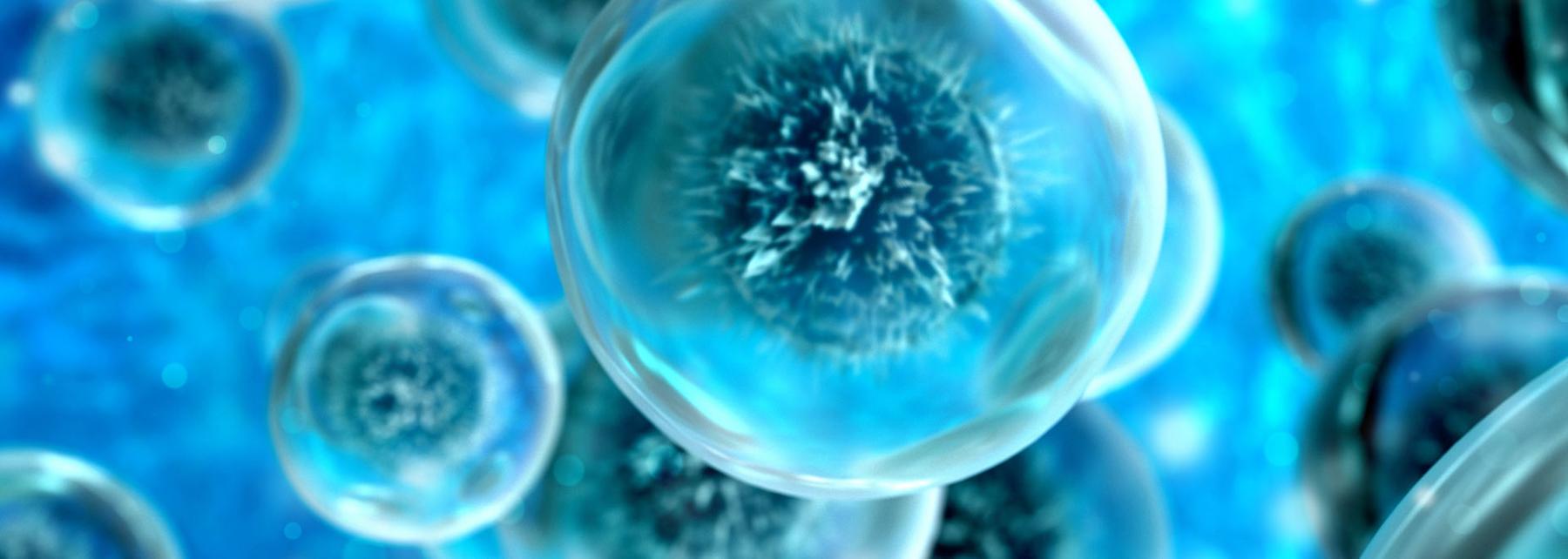
Hematology Research: Comparing Normal and Abnormal Blood
by Joshua Farr
This lesson has students create a unique graphical visual of the components of blood within a vial. These components of blood are then researched and used as a control for accomplishing two collaborative tasks. First, students will form small collaborative groups and perform microscopy on prepared blood slides to not only practice microscope techniques, but better visualize the components of blood. This will require sketching and discussion. Second, students will select a blood disorder to research and create a comparison vial of blood regarding any changes in the percentages of parts of blood and create 3 slides on their research. Their slide work will be compiled with other groups in class and presented in small round table discussions. Students will be required to write about normal and abnormal blood conditions as an assessment.
Lesson Plan Link/URL
https://docs.google.com/presentation/d/1D8IJ7U8qREjyQY6Hu8h01ocHV5bi6j55/edit?u…Subject Area
Science Life Science L1: Cells Technology 5. Computational Thinker Mathematics Ratio and Proportion (RP) English Language Arts (ELA) Writing Speaking & Listening
Featured
Off
Related Content

Grades:
9th Grade, 10th Grade, 11th Grade, 12th Grade
Students will work in small groups to create a water filtration system to demonstrate understanding of water purification systems and human influences.

Grades:
10th Grade, 11th Grade, 12th Grade
This lesson plan is on how to make agar plates to grow media on. This teaches the students how to measure out the agar and water and mix properly and plate the agar properly.

Halt, Who Goes [in/out] There? Structure and Function of the Cell Membrane in Different Environments
Grades:
7th Grade
The purpose of this lesson is to engage 7th-grade students in a hands-on investigation of how salt concentrations affect plant cells. By exploring the process of osmosis, students will gain a deeper